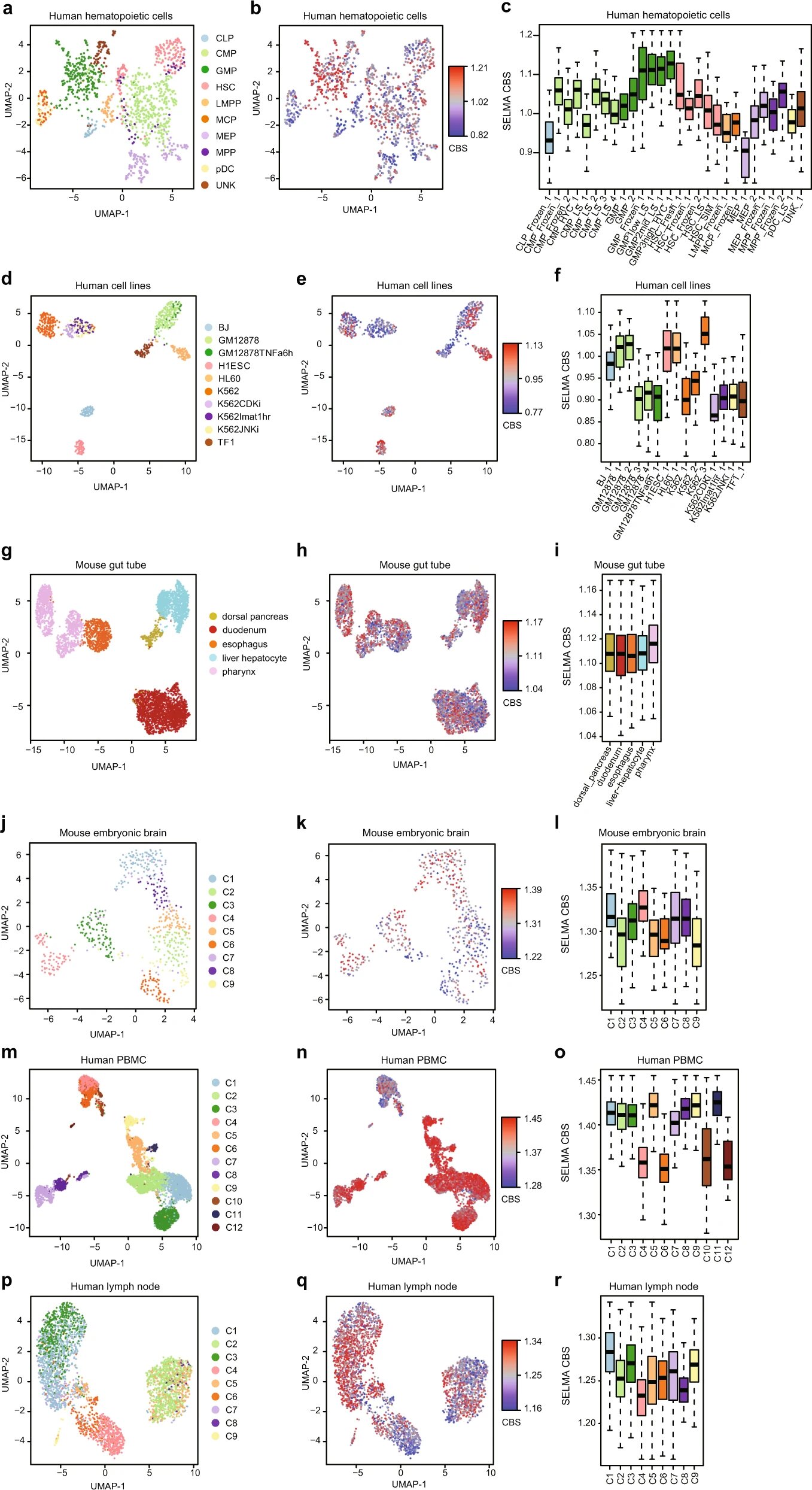
chromatin tagged posts


Credit: Giovanni Ciriello (UNIL)
Scientists have discovered how a mutated gene can affect the three-dimensional interactions of genes in the cell, leading to various forms of cancer. Inside the cell, DNA is tightly wrapped around proteins and packed in a complex, 3D structure that we call “chromatin.” Chromatin not only protects our genetic material from damage, but also organizes the entire genome by regulating the expression of genes in three dimensions, unwinding them to be presented to the cell’s gene-expression machinery and then winding them back in.
Inside the 3D chromatin structure there are certain regions called “topologically associating domains” or TADs...
Read More





Recent Comments